On February 13th 1947, Geneva and Freeman Odell welcomed their daughter, Dianne Odell, into the world in Jackson, Tennessee. Dianne was the perfect addition to the Odell family, and Geneva and Freeman doted on her.
In 1950, when Dianne was just 3 years old, she contracted bulbospinal polio. Polio is caused by the poliovirus that spreads from person to person extremely easily.
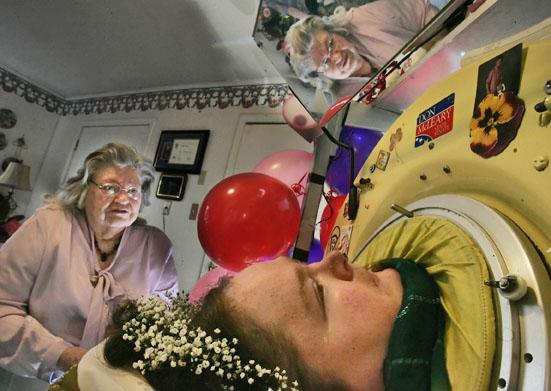

Not having good hand hygiene or even sneezing can spread the virus. Symptoms of polio include fever, fatigue, headaches, vomiting, muscle pain, and a stiff neck.
Those affected by the poliovirus usually recover, but this recovery is not without its problems. Many survivors will suffer some form of paralysis. Photographs from the 1950s show dozens of children in leg braces due to polio paralysis.
In the case of Dianne Odell, she developed bulbospinal polio, which affects the spinal and bulbar neurons.
Dianne’s illness saw her in hospital for several weeks, and her parents stayed by her side wherever possible to make sure she was okay. Unfortunately, Dianne developed a spinal deformity as a result of polio, which affected her breathing.
After being released from the hospital, Dianne required intensive physical therapy and aids for her breathing.
Just five years after Dianne caught polio, the first polio vaccine was introduced in the US. This vaccine would go on to save the lives of millions, and thanks to efforts by medical staff, polio has been almost eradicated, with just a few cases being reported in the last 30 years.
The Iron Lung
As Dianne grew older, breathing became more and more difficult. She was able to spend the rest of her childhood living somewhat normally, running around with her friends and attending school.
She would spend just a few hours a day in an iron lung, a machine purposefully made to help people breathe. The machine works by creating positive and negative pressure to allow the lungs to contract and expand to stimulate breathing.
However, by the 1970s, Dianne’s condition had rapidly deteriorated, and she began to spend more and more time in the iron lung.
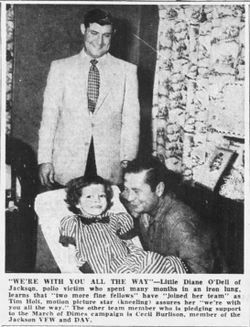
Eventually, Dianne was confined to the 7ft long and 750 lb iron lung 24 hours a day, which sat in the living room of her parent’s home on 133 Odell Street. Dianne’s head was the only part of her body that remained outside of the machine.
Her parents, Geneva and Freeman, dedicated their entire lives to taking care of Dianne from this point on. They changed their routines and working patterns to ensure somebody was always home with Dianne.
The bed, where Dianne lay inside the iron lung, could be slid out for her parents to wash, bathe, and change her, although they had to work quickly, as Dianne could not spend extended time outside of the iron lung because she was unable to breathe on her own.
A Wishing Star Called Blinky
Despite her hardships, Dianne was an intelligent and determined young woman. She graduated from high school with her peers and obtained her high school diploma.
As her condition worsened, her parents feared she might never live a normal life again, but Dianne Odell was not going to let the 7-foot tube hold her back. When Dianne was a child, she was given just a few years to live, but she defied all the odds and would continue to do so.
Dianne was able to finish high school by learning to write with her toes. Her father, Freeman, also hooked up a speaker so she could listen in to her classes.
As she lay in bed, Dianne completed college courses and even went on to write a children’s book about a shooting star called Blinky. She started the book in 1991 and did not finish it until 2001 when it was published.
Dianne accomplished this by using a voice-activated computer to write her story. Despite the many years that passed confined to the iron lung, Dianne’s spirit never faded, and she retained her positive outlook.
She told the press that she wrote the book to show children with disabilities that anything is possible, even with a life-limiting condition like hers.
Her parents, Geneva and Freeman, also carried that positive spirit, and the pair worked religiously to raise the $80,000 a year needed to keep Dianne’s iron lungs working.
Dianne was offered a place in a nursing home funded by Medicare, where she would receive round-the-clock care. However, her parents refused, stating they wanted her at home with her family.
Dianne Odell eventually had to withdraw from her college education due to her condition. However, Freed-Hardeman University awarded her an honorary degree.
With the advent of social media, Dianne’s case gained traction, and she gained supporters around the world. People sympathized with Dianne’s life and condition and saw her as an inspiration.
Dianne Odells’s 60th Birthday Party
On February 17th, 2007, Dianne’s family held a 60th birthday party for her at a nearby hotel. It took several months of planning, and moving Dianne from the living room of 133 Odell Street to the hotel ran like a military operation.

After hours of hard work, Dianne was wheeled into the hotel and was surrounded by friends and family who came together to celebrate her birthday and her achievements.
The Odells spent the night partying away, and Dianne was able to talk with family and friends. Dianne’s head was tilted back on account of the machine, so she used a mirror to maintain eye contact with people.
Unfortunately, this 60th birthday party would be the last time Dianne would ever leave the confines of her 133 Odell Street home.
The fact that Dianne had defied the odds and made it to 60 years old was cause for celebration enough. By her 60th birthday, Dianne had suffered a series of mini-strokes, which only exacerbated her condition. On May 28th 2008, an enormous storm swept through Jackson, Tennessee, which caused significant damage and blew trees onto power lines close to the Odell home.
Dianne Odell’s Last Days
Unfortunately, this caused a mass power outage, which turned off Dianne’s iron lung. At around 3:00 AM, Freeman woke up with a bad feeling in his stomach.
Freeman and Will Beyer, his brother-in-law, ran to the emergency generator that they had fitted in the 1990s and found that it had not kicked in. Dianne’s iron lung had been without power for an undetermined amount of time, and they knew time was of the essence.
The Odells had had a few close calls in the 1950s and 1970s when the power failed, but Freeman and Geneva hand-pumped the iron lung to ensure Dianne stayed alive.
Fast forward to May 28th 2008, and Freeman and Will desperately tried to get the backup generator working, but it failed. They proceeded to hand pump the respirator inside Dianne’s iron lung, but there was nothing that could be done.
Minutes later, Dianne slipped away, dying at the age of 61. She had used the iron lung for over 60 years, spending most of her life confined inside of it.
Dianne is believed to be one of the longest users of the iron lung, a device that has all but been made obsolete thanks to vaccination programs. It was estimated in 2008 that only 30 people relied on iron lungs, and Dianne was one of them.
Dianne’s passing deeply affected her family and the community, which supported the Odell family wherever they could during Dianne’s life.
The church that the family attended held a special memorial service for Dianne, and social media was abuzz with supportive messages of condolence for Dianne’s family.
During Dianne’s life, she raised awareness for polio and the iron lung, and she left behind a long and beautiful legacy.
Sources
https://www.nytimes.com/2008/05/29/us/29brfs-WOMANINIRONL_BRF.html
https://www.sciencemuseum.org.uk/objects-and-stories/medicine/iron-lung


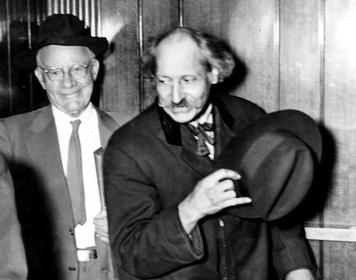


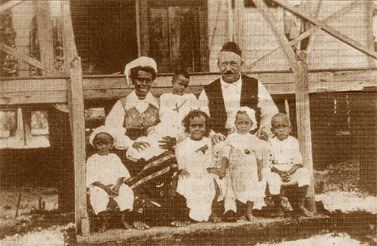


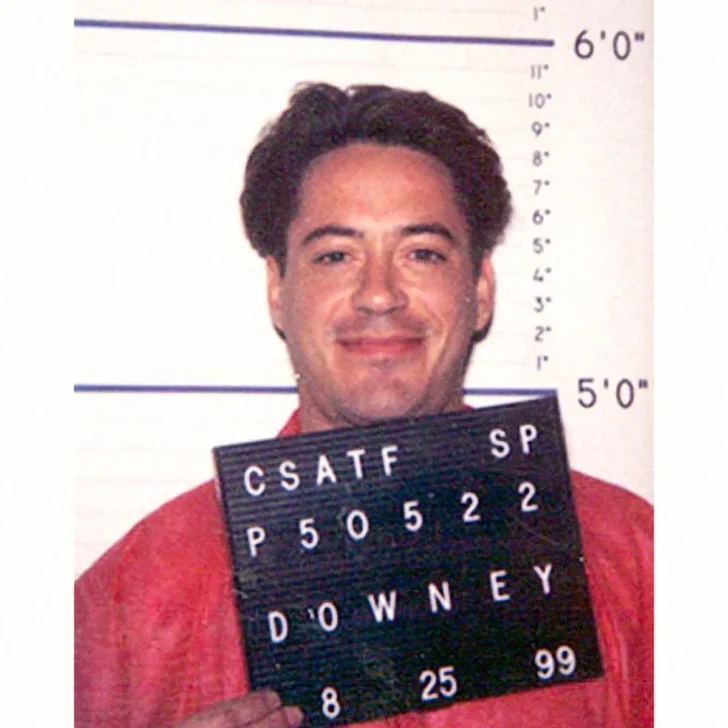

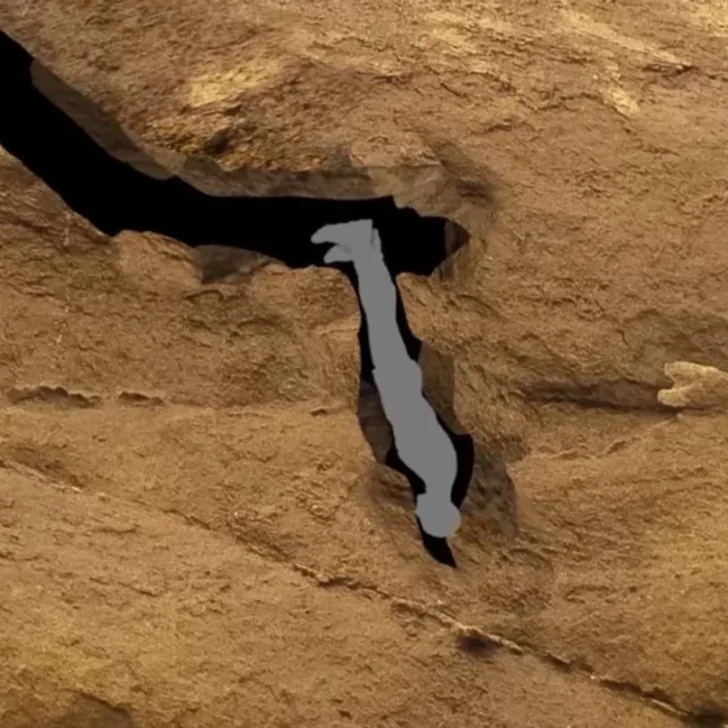


Leave a comment